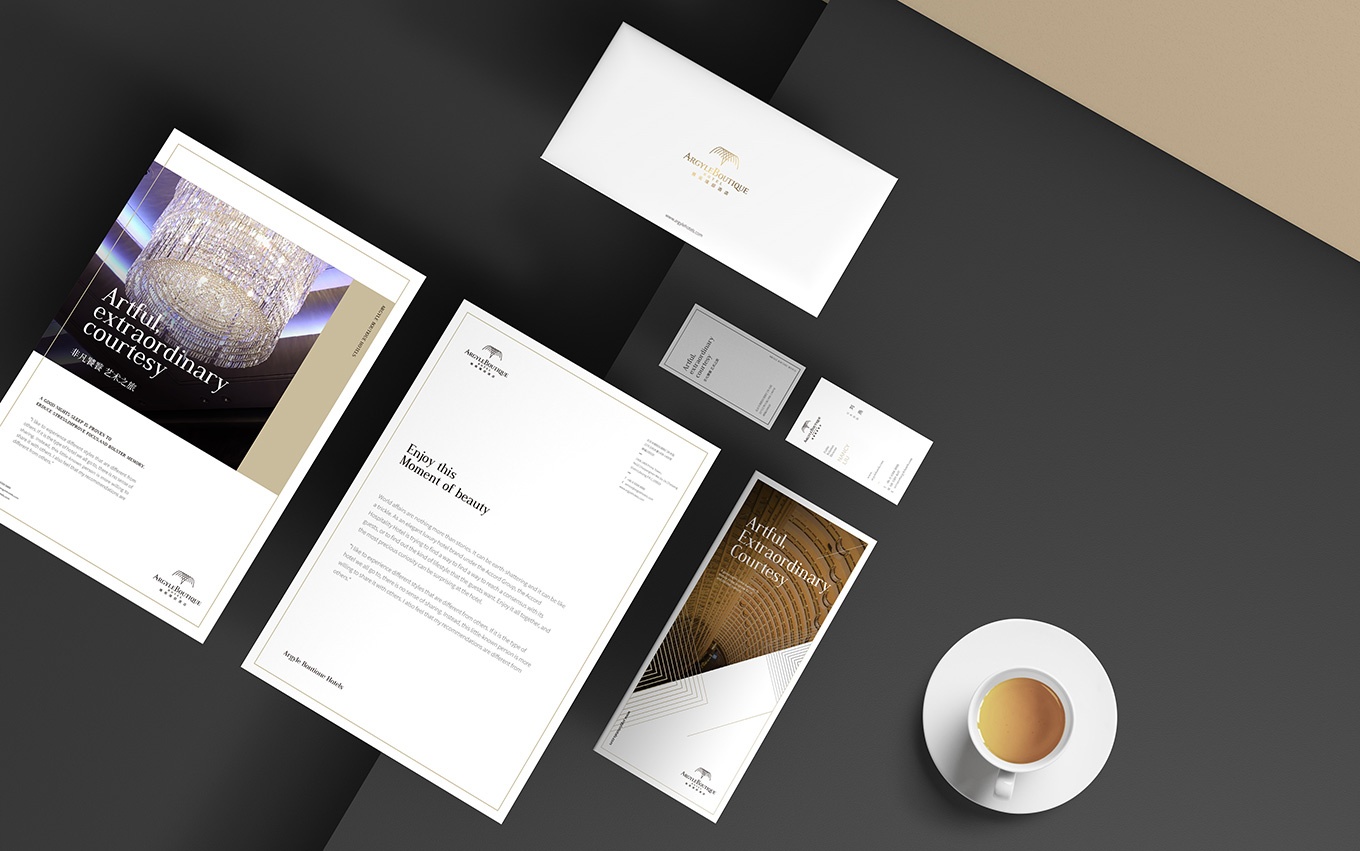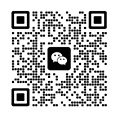零售行业是指商品直接销售给最终消费者的经济活动。它涵盖了各种各样的商业形式,包括传统的实体店铺、电子商务平台以及移动应用程序等。零售行业的特点之一是它与消费者之间的直接接触,因此,提供优质的客户服务和创造愉悦的购物体验至关重要。为了吸引和保留客户,零售商通常会进行广告宣传、促销活动和品牌建设。
随着科技的不断发展,零售行业也在经历着深刻的变革。电子商务的兴起使消费者可以随时随地通过互联网购买商品,而物流和支付技术的进步进一步推动了在线零售的发展。同时,人工智能、大数据和物联网等新技术也在零售行业中发挥着越来越重要的作用,帮助零售商更好地了解消费者需求、优化供应链管理和提升营销效果。未来,随着消费者行为和科技的不断演变,零售行业仍将面临着新的挑战和机遇。

配图为广州vi设计公司作品
在零售行业,logo设计是建立品牌形象和吸引顾客的重要元素之一。一个好的logo能够展示品牌的特色、价值和个性,吸引目标客户并建立品牌忠诚度。以下是几种常见的零售logo设计方法:
1. 图形与文字结合:
图形与文字结合是最常见的logo设计方法之一,尤其在零售行业中。通过将品牌名称或缩写与特定图形结合,可以更直观地传达品牌的定位和特色。这种设计方法可以使logo更具识别性和记忆性,有助于品牌在市场上脱颖而出。例如,耐克的Swoosh标志就是将简单的图形与品牌名称结合,形成了独特而具有辨识度的标志。
2. 简洁明了:
在零售行业,简洁明了的logo设计往往更受欢迎。简洁的设计不仅能够凸显品牌的专业性和现代感,还能够使logo在不同的应用场景中保持清晰和易读。通过简洁的设计,品牌可以更好地与目标客户沟通,并在激烈的市场竞争中脱颖而出。例如,苹果公司的logo就是一个简洁明了的苹果图标,简单而具有辨识度。
3. 色彩搭配:
色彩在零售logo设计中起着至关重要的作用,不仅能够传达品牌的个性和情感,还能够吸引目标客户的注意力。通过恰当的色彩搭配,可以使logo更具吸引力和识别性。在选择色彩时,需要考虑品牌的定位、目标客户的喜好以及行业的特点。例如,红色常常被用于传递活力和热情,适合运动品牌;蓝色则常用于传递稳重和专业感,适合金融和科技行业。
4. 手写或图案:
手写或图案的logo设计在零售行业中也颇受欢迎。这种设计方法能够突出品牌的个性和独特性,吸引目标客户的眼球。通过手写或图案设计,可以为品牌注入更多的情感和人性化元素,使其更具亲和力和吸引力。例如,星巴克的logo就是一个以人为中心的手绘图案,体现了品牌的温暖和人情味。
Retail logo design plays a crucial role in the branding and identity of a retail business. It serves as the visual representation of the brand and communicates its values, personality, and offerings to the target audience. Here's how retail logos can effectively integrate elements of the retail industry into their designs:
1. **Symbols of Commerce**: Many retail logos incorporate symbols that are synonymous with commerce and trade. This includes images of shopping bags, carts, baskets, or storefronts. These symbols instantly convey the business's association with retail and create a sense of familiarity among customers.
2. **Product Depictions**: Retail logos often feature depictions of the products sold by the business. For example, a clothing retailer may include images of garments, while a grocery store might incorporate fruits, vegetables, or other food items. These depictions not only highlight the core offerings of the business but also help customers quickly identify the type of products they can expect.
3. **Typography and Colors**: The choice of typography and colors in retail logos is critical in conveying the brand's personality and attracting the target audience. Bold and modern fonts may be used to signify a trendy and contemporary brand, while classic fonts can evoke a sense of tradition and reliability. Similarly, vibrant colors like red, orange, and yellow can create a sense of urgency and excitement, whereas subdued hues like blue and green may convey trust and dependability.
4. **Iconic Elements**: Successful retail logos often incorporate iconic elements that become synonymous with the brand over time. These could be unique shapes, patterns, or motifs that distinguish the brand from its competitors and make it easily recognizable to customers. For example, the Nike swoosh and the McDonald's golden arches are iconic elements that have become inseparable from their respective brands.

业务咨询 付小姐

业务咨询 舒先生

总监微信咨询 付小姐